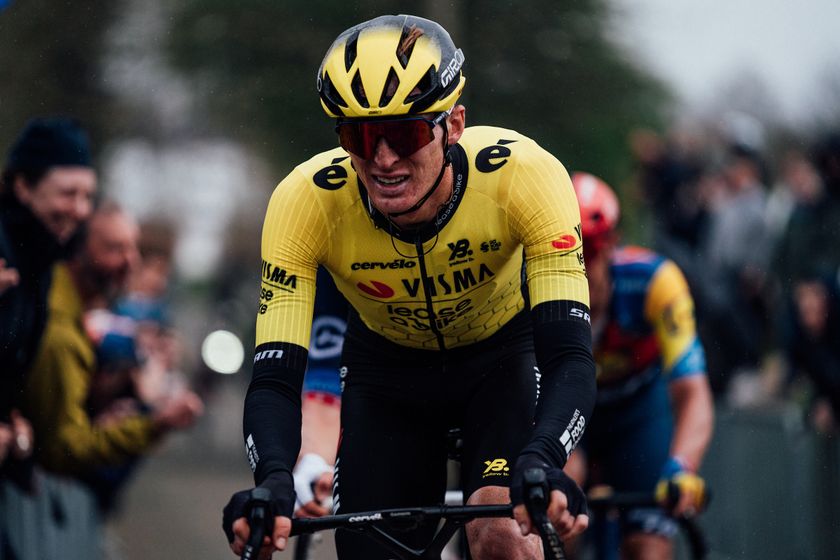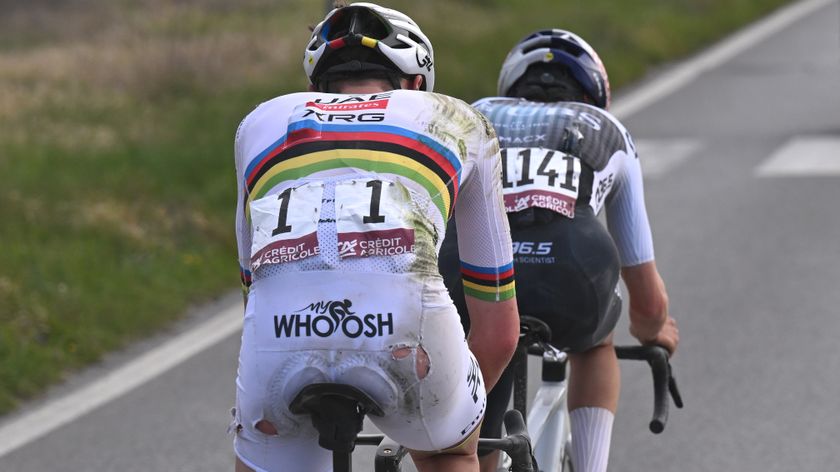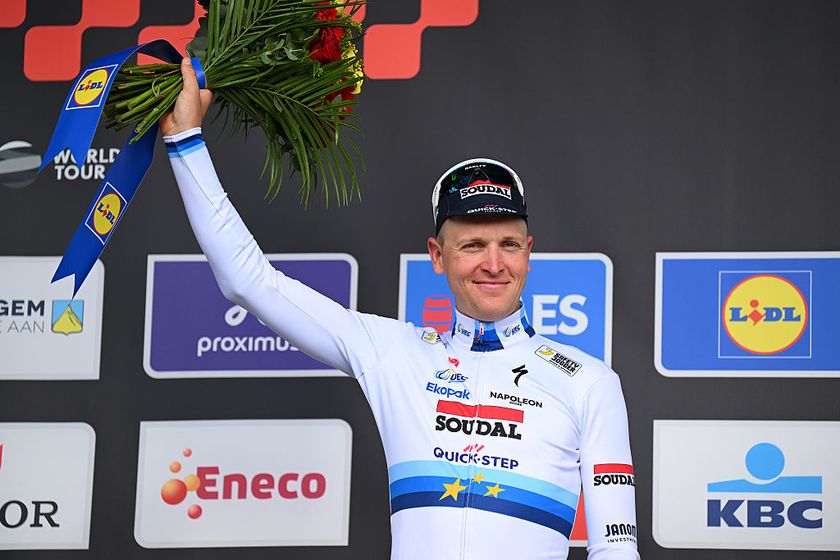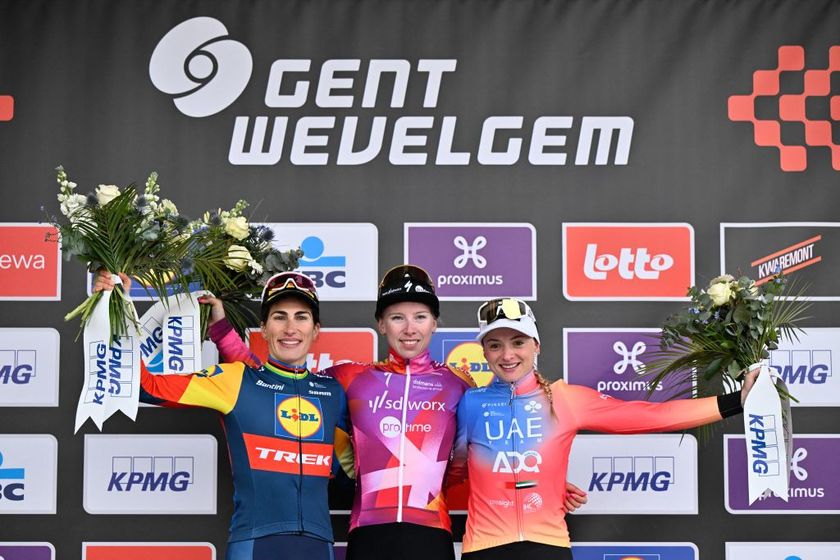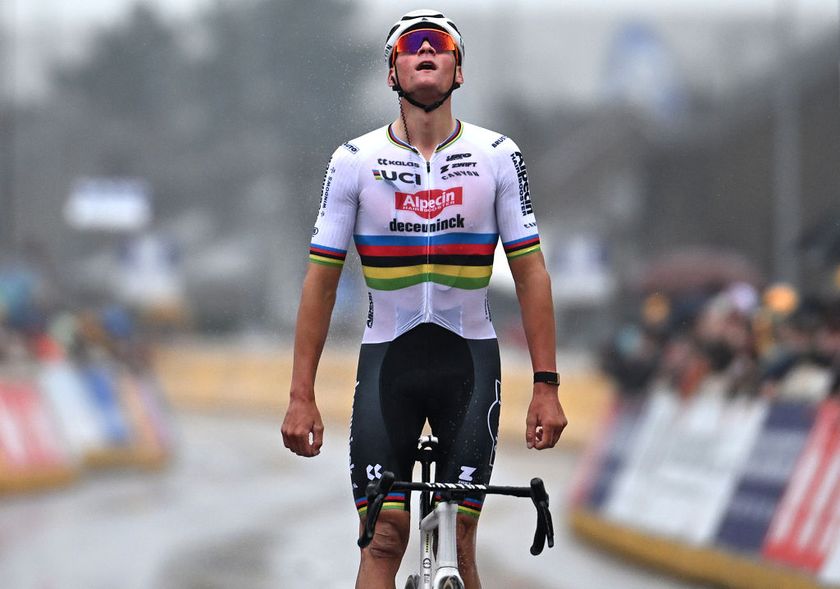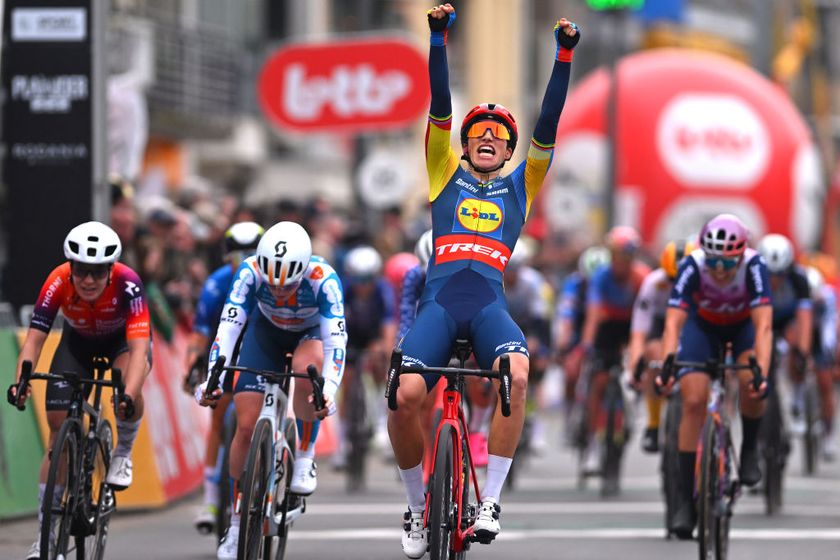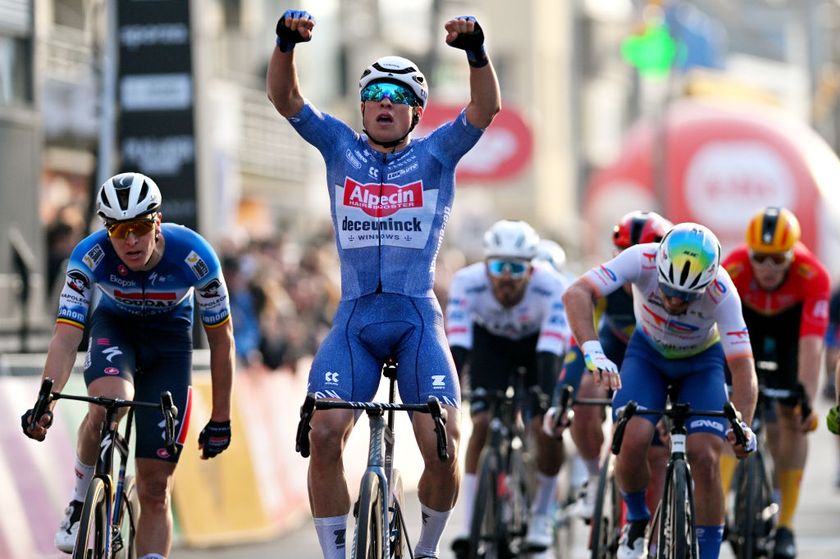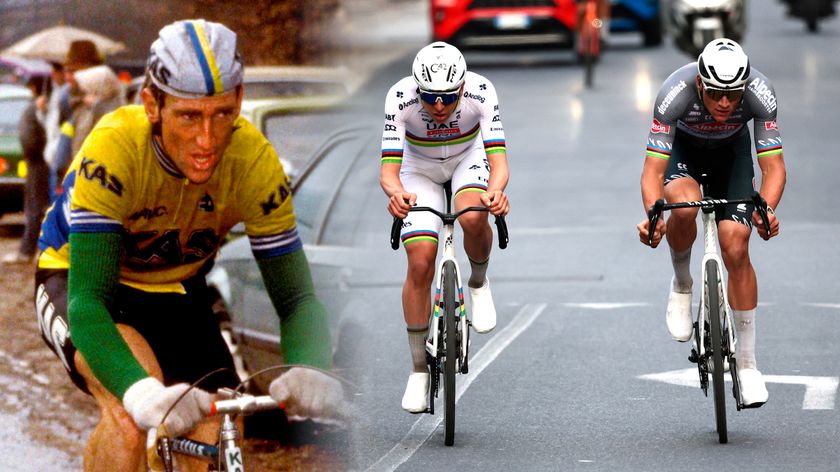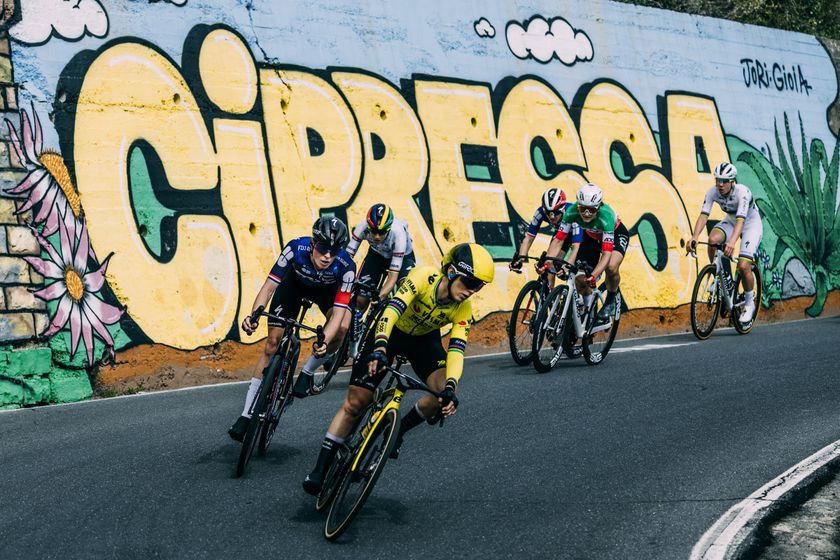When you can't call it a day
Milan-San Remo is an eagerly-anticipated showdown that essentially kick-starts the classics season...



Tales from the [frostbitten] peloton, March 15, 2006
Milan-San Remo is an eagerly-anticipated showdown that essentially kick-starts the classics season into full swing. It's fast, tough and excitement is guaranteed. Some riders find it too much and pack it in, but cycling history guru Les Woodland looks at when calling it a day just isn't an option.
The thing about guys of years ago is that you can't imagine them going fast. And they did go slower than today, of course, because bikes were heavy, roads broken and muddy and training wasn't as advanced as it is now. But never forget two things. They were going flat out and it felt as hard to them as it does to you. And that when the weather was bad, they felt worse then you do. Because their waterproofs were useless and their clothing was cold.
You're wondering now why I mention it. It's because in a short time we have the glamour and glitter of Milan-San Remo. How much more romantic than to race from the home of the legendary Vigorelli track - home of world records - to the Mediterranean capital of casinos and girls in sunglasses and hipsters?
But it hasn't always been like that.
On the outskirts of Paris is a suburb called Malakoff. And there, until 35 years ago this February, lived a lively old man who well into old age used to cycle into the city on a heavy old Camille Foucaux bike with back-pedal brake. His name was Eugène Christophe and the story you usually hear about him is that he had to stop at the foot of the Tourmalet to weld his forks during the Tour de France of 1913. What's less known is that three years earlier he won Milan-San Remo...after frostbite reduced the field to three on the climb of the Turchino. Nowadays days the road is surfaced and the race spins up with its mind on the more decisive climbs to come. For 25-year-old Christophe and the other 70 starters that March of 1910, the Turchino was very different.
Christophe had been to Milan only once before and knew only a few words of Italian. All he knew of the 290km of the course was the 30km he'd scouted with another star, the skinny climber Gustave Garrigou. No problem. Garrigou told him what gears to use and urged him not to worry; it wouldn't be easy but it wouldn't be impossible. And then the snow began. Two dozen of those who'd entered pulled out. The six dozen left set off in biting cold on muddy and frozen roads, avoiding iron-hard ruts by riding on the verges between roadside marker posts spaced every 20 metres. Despite that, the first 32km passed in 56 minutes, the 53km from Milan to Voghera in 1h 50. Attack after attack, like a course des primes.
Get The Leadout Newsletter
The latest race content, interviews, features, reviews and expert buying guides, direct to your inbox!
Then came the Turchino...
Christophe recalled: "The clouds were low, the countryside unattractive and we started to feel the cold more and more. We started to shiver and every turn of the pedals was heavier. The half-melted snow made the race very hard and we were struggling too with a glacial wind...not far from the summit I had to get off because I started feeling bad. My fingers were rigid, my feet numb, my legs stiff and I was shaking continuously. I began walking and running to get my circulation back, looking at the countryside. It was bleak and the wind was making a low moaning noise. I'd have felt scared if I hadn't been used to bad weather in cyclocross races.
Well, I got back on my bike and I got to the top. There's a tunnel at the top and I asked a soigneur how far down I was on the leader. He told me six minutes. I found van Hauwaert at the exit of the tunnel with his bike in his hand and a cloak on his back. He told me he was packing it in. I was beyond feeling happy about it and I just got on with going down through the snow that lay on the road on that side of the mountain.
The view was totally different now. The snow made the countryside beautiful. The sky was really clear. But now it was my turn to have trouble. In places there were 20cm of snow and sometimes more. It was cyclo-cross - off, on, riding, walking. I could keep going but it was slowing me right down. Then I had to stop with stomach cramp. Doubled up, one hand on my bike and the other on my stomach, I collapsed on a rock on the left of the road. I was bitter with cold. All I could do was move my head a little from left to right and right to left.
I saw a little house not far away but I couldn't get there. I didn't realise what danger I was in. I just had one thought: to get to San Remo first and I attached no importance to the pain I felt... I thought too of my contract with the bike factory. I'd get double my wages if won as well as primes and there'd be my 300 francs for first place. Happily in my misfortune a man chanced to pass by.
'Signor, signor...'
He stopped and spoke to me in Italian. I nodded towards the house and said casa [house] and he understood. He took me by the right arm while I leaned my left on my bike. He undressed me completely and wrapped me in a blanket. I murmured aqua caldo [hot water] and pointed at bottles of rum. I did some physical exercises and my life started to come back. I wanted to go on but the patron wouldn't hear of it and pointed at the snow falling outside. And then van Hauwaert and Ernest Paul came in. They were so frozen they put their hands into the flames. Ernest Paul had lost a shoe without noticing.
I was there for about 25 minutes. I saw four riders go by, or at least four piles of mud. I decided to press on. Ernest Paul said 'You're crazy.' And the innkeeper didn't want to let me go. I had to trick him by saying I could meet someone who would get me to San Remo by train. I set off and caught Cocchi and Pavesi and I got to the control just behind Ganna, who was setting off as I stopped. I set off again after my manager told me I could win and I passed Ganna at the edge of the town. And I caught Albini a few kilometres later.
At the control at Savona [90km] everybody was astonished to see me alone. The idea of crossing the line alone brought back all my energy. I got to San Remo well behind the scheduled time. It was 6pm when I stopped underneath the blowing banner that showed the end of my Calvary."
And so the race ended, riders taking shelter where they could. Only three finished and the result is still uncertain because some reports say van Hauwaert came fourth and others that he was disqualified for hanging on to a car. Christophe spent a month in hospital with frostbite to his hands and the damage the cold had done to his body. It took two years to get back to health.
Well, they're not made like that any more, are they? When mudslides and torrential rain closed the Turchino in 2001, the organisers abandoned the climb. Riders these days may be faster...but they're certainly no tougher.
